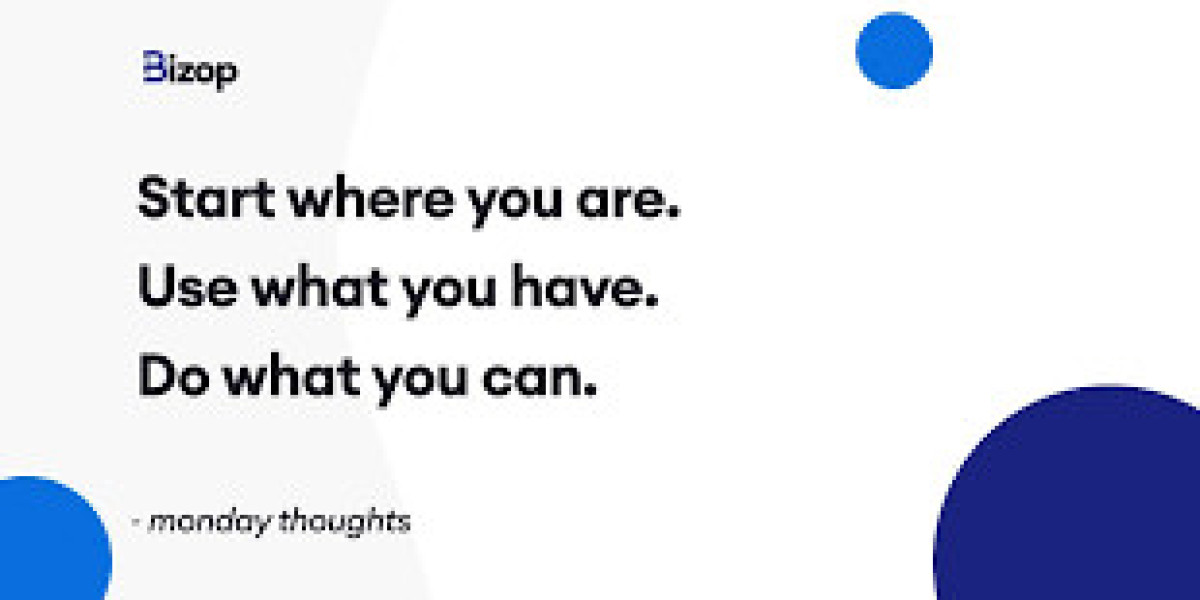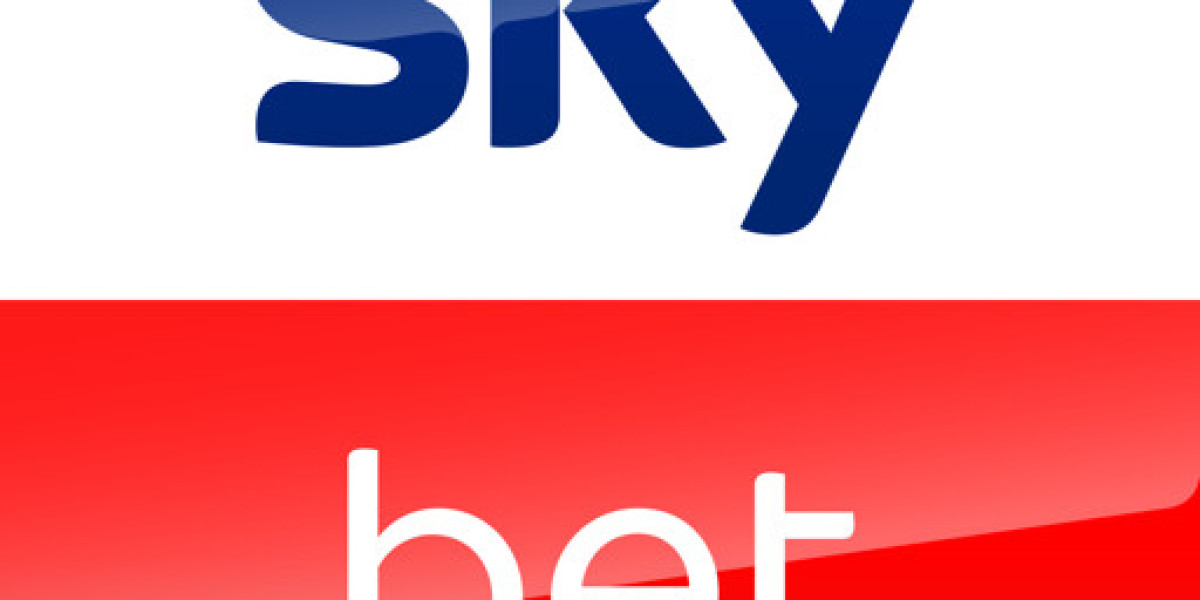In today's fast-paced world, the desire for financial independence and personal fulfillment has led many individuals to explore alternative income streams. Two popular options are starting a side hustle or launching a small business. While both paths can lead to success, they differ significantly in terms of commitment, risk, and potential rewards. This article delves into the key differences between a side hustle and a small business, helping you determine which route aligns best with your goals and lifestyle.

Understanding Side Hustles and Small Businesses
Side Hustle Defined: A side hustle is typically a part-time endeavor that you pursue alongside your primary job. It often requires less initial investment and is designed to generate extra income. Common examples include freelance work, online tutoring, or selling handmade crafts on platforms like Etsy.
Small Business Defined: A small business, on the other hand, is a more formal venture that usually requires a dedicated commitment of time, resources, and effort. It often involves a structured business plan, a legal entity, and may require employees. Examples include local restaurants, retail stores, or consulting firms.
Key Differences
- Time Commitment:
- Small Business: Requires a significant time investment, often demanding full-time attention to manage operations, marketing, and customer relations.
- Financial Investment:
- Small Business: Usually necessitates a higher initial investment for things like inventory, equipment, and marketing. You may also need to secure financing or loans.
- Risk Level:
- Small Business: Higher risk due to the financial and emotional investment involved. If the business fails, you may face significant financial loss and stress.
- Scalability:
- small business (https://bizop.org): More scalable, with the potential to expand operations, hire employees, and increase revenue significantly over time.
- Goals and Passion:
- Small Business: Typically focused on long-term growth and profit, which may involve sacrificing some personal interests for business success.
Pros and Cons
Pros of a Side Hustle:
- Flexibility in hours and commitment
- Lower financial risk and investment
- Opportunity to explore passions and interests
- Can serve as a testing ground for potential full-time business ideas
- Limited income potential
- May lack the structure and support of a formal business
- Can lead to burnout if not managed properly alongside a full-time job
- Greater income potential and scalability
- Opportunity to build a brand and customer loyalty
- Ability to create jobs and contribute to the economy
- More control over business direction and operations
- Higher financial risk and investment required
- Significant time commitment and potential for stress
- Requires knowledge of business operations and management
Making the Decision: Side Hustle or Small Business?
Deciding between a side hustle and a small business ultimately depends on your personal circumstances, goals, and risk tolerance. Here are some questions to consider:
- What are your financial goals? If you’re looking for extra income without a major commitment, a side hustle may be the way to go. If you aspire to build a full-fledged business, consider starting a small business.
- How much time can you dedicate? If you have limited time due to a demanding job or family commitments, a side hustle might be more suitable. Conversely, if you can commit to a full-time endeavor, a small business could be a rewarding challenge.
- What is your risk appetite? If you prefer a lower-risk option, start with a side hustle. If you’re willing to take on more risk for potentially greater rewards, a small business may be the right choice.
Conclusion
Both a side hustle and a small business offer unique opportunities for personal and financial growth. By carefully considering your goals, resources, and commitment level, you can choose the path that aligns best with your aspirations. Whether you decide to dip your toes into the world of side hustles or dive headfirst into entrepreneurship, the journey can be incredibly rewarding and fulfilling. Take the first step today and start building the future you desire!












